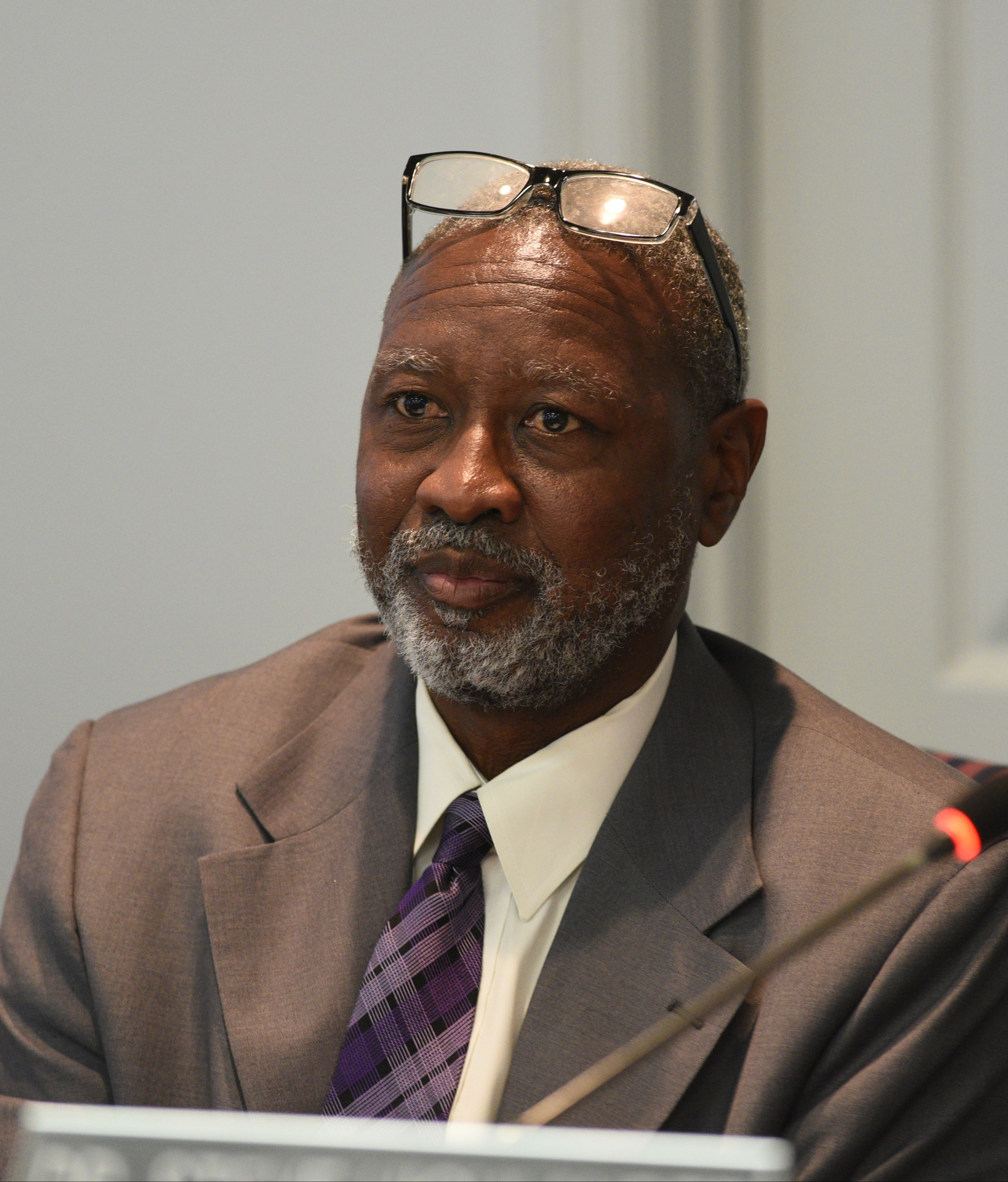How the state classifies economically disadvantaged students
Students who are directly certified include those receiving Supplemental Nutrition Assistance Program (SNAP) benefits, those whose families participate in the Temporary Assistance for Needy Families (TANF) program, students who are homeless and are on the local liaison’s list, Head Start participants, migrant youth, runways, foster children, and others who may be certified by state or local officials.Source: Tennessee Department of Education
Share of economically disadvantaged students in regional schools
State: 35.1 percentHamilton County: 35.7 percentBradley County: 29.6 percentBledsoe County: 45 percentCleveland City Schools: 39.6 percentCoffee County: 36.1 percentFranklin County: 31.9 percentGrundy County: 7.8 percentMarion County: 36 percentMcMinn County: 32.2 percentMeigs County: 38.1 percentPolk County: 35.2 percentRhea County: 44.1 percentSequatchie County: 29 percentSource: Tennessee Department of Education
Economically disadvantaged students in large school districts
State: 35.1 percentHamilton County: 35.7 percentKnox County Schools: 29.9 percentMetro Nashville Public Schools: 53.9 percentShelby County Schools: 59.1 percentSource: Tennessee Department of Education
About 61 percent of Hamilton County's students were considered "economically disadvantaged" by state measures in 2015, but last year that number dropped to just 36 percent.
The drastic reduction doesn't come from a sweeping demographic change in the county's schools, but because the state has narrowed the way it determines the number.
Kirk Kelly, interim superintendent of Hamilton County Schools, said he doesn't want the drop in the reported number of students living in poverty to create a perception local schools need less support.
"The need is still there," Kelly said. "It's the same students."
Students from low-income homes face additional hurdles and are likely to attend lower- performing schools with other poor students, according to national and statewide data.
Forty-eight of Hamilton County's 79 schools educate a large share of low-income students and receive federal Title I funds intended to help boost achievement. Under the new state measure, a handful of schools is considered high poverty, with at least 75 percent of their students from low-income households.
In previous years, the state's definition of "economically disadvantaged" counted all students receiving free or reduced-priced lunches. That included children with family incomes up to 185 percent of the poverty level.
Now only students who are directly certified to receive free lunches - families receiving certain government assistance - are counted as poor. Migrant, homeless, runaway and foster students also are directly certified as economically disadvantaged.
The new definition better captures the students who are most at-risk in terms of poverty and family stability, said Sara Gast, spokeswoman for the Tennessee Department of Education.
"These students generally are living at or below [the] federal poverty level," she added.
State funding for those students did not shrink with the lower percentages, but actually increased by $8 million for this school year, Gast said. And the switch to the narrower criteria occurred simultaneously with the launch of TNReady, the state's new, more strenuous standardized test, meaning the new poverty calculations will not interfere with school accountability data.
The percentage of poor children at a school influences decisions at the state, district and school level about targeting resources, support and intervention.
"Having a better sense of where there are students who are living in the most at-risk situations is helpful to inform those decisions," Gast said.
The new definition provides a consistent metric to compare schools across the state and more fairly distribute funding, Gast said. School systems with large shares of students in poverty receive more funding.
Statewide, about 36 percent of students fit the definition of economically disadvantaged. Of the state's four large school districts, Shelby County Schools and Metro Nashville Public Schools each count more than 50 percent of their students as poor.
In previous years, calculating which schools had the most poor students was difficult because some served free meals to all students, regardless of economic status, through the federal Community Eligibility Provision. The program was implemented in many Hamilton County Schools. That meant the district no longer had to collect free and reduced lunch applications, meaning data about the number of poor students at a school was not always precise.
Kelly said it's helpful that all districts are now tracking the information in a uniform way, but there are still some variables. For instance, some needy families do not apply for direct certification through the state or federal government.
The new numbers won't affect national and federal grants to the district, Kelly said, because many of those require school districts to report poverty rates based on census data, which is more closely aligned with the new measures.
Regardless of the numbers recorded, Kelly said, several Hamilton County schools are educating large numbers of children living in poverty, and those schools need the community's continued supports.
Contact staff writer Kendi A. Rainwater at krainwater@timesfreepress.com or 423-757-6592. Follow on Twitter @kendi_and.

